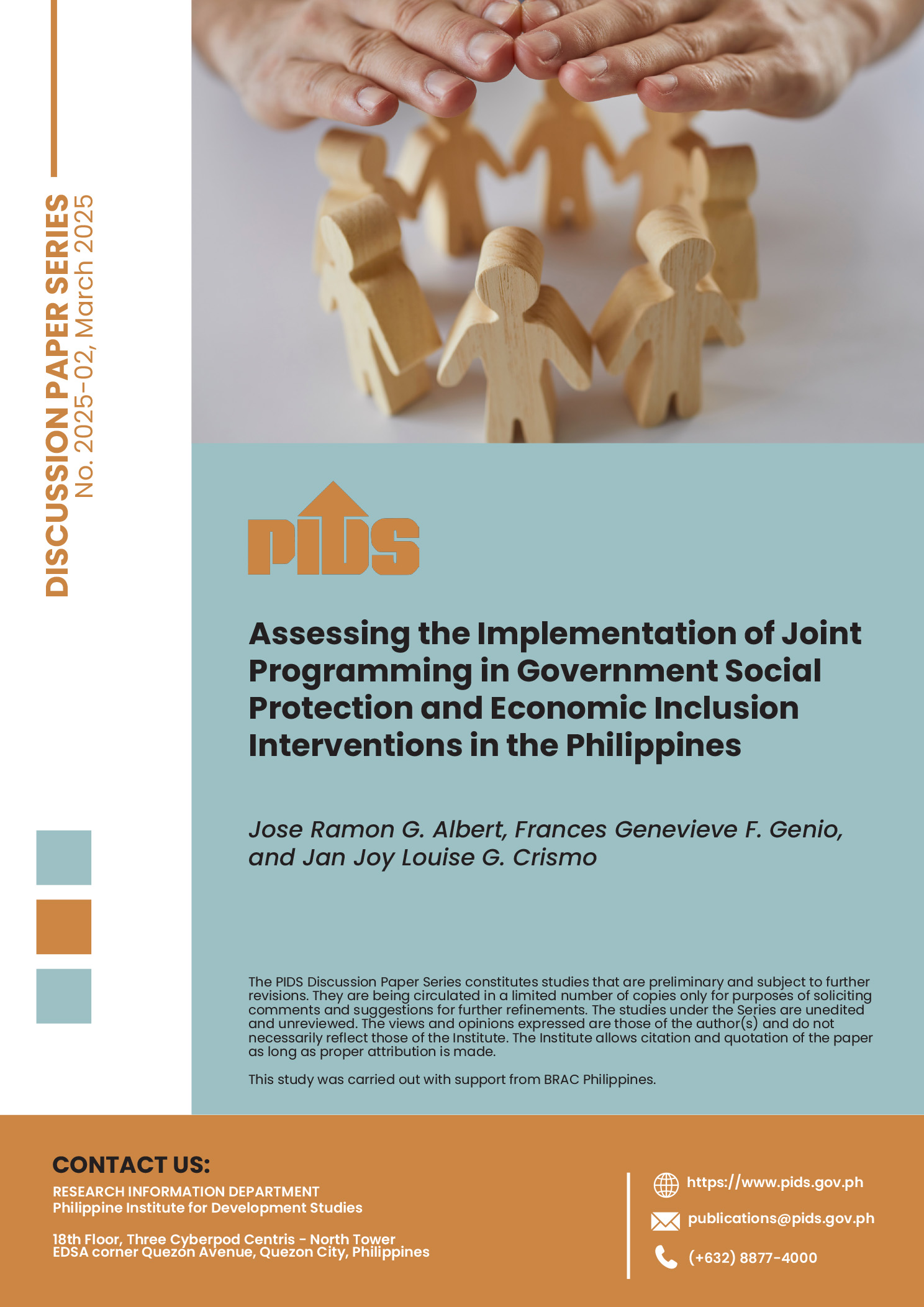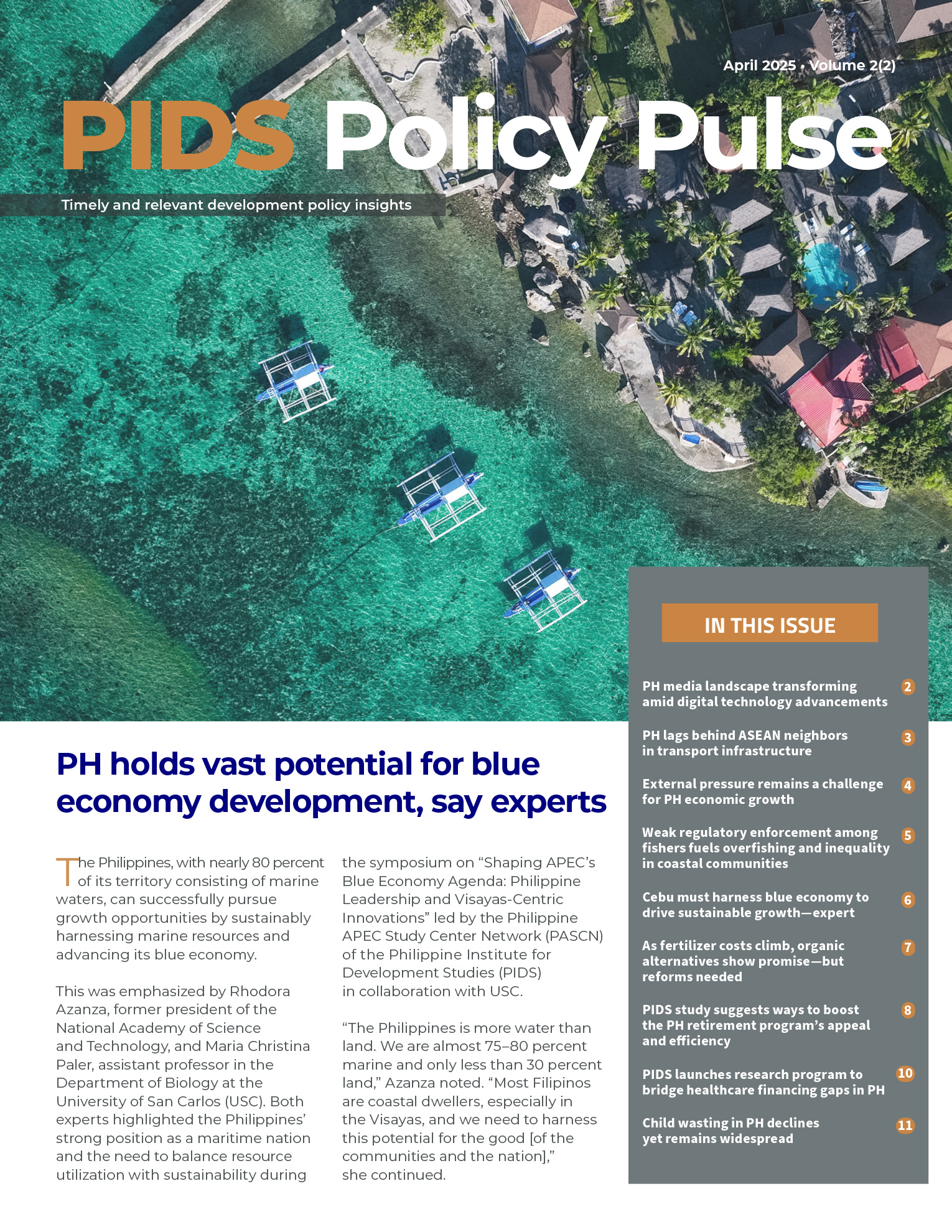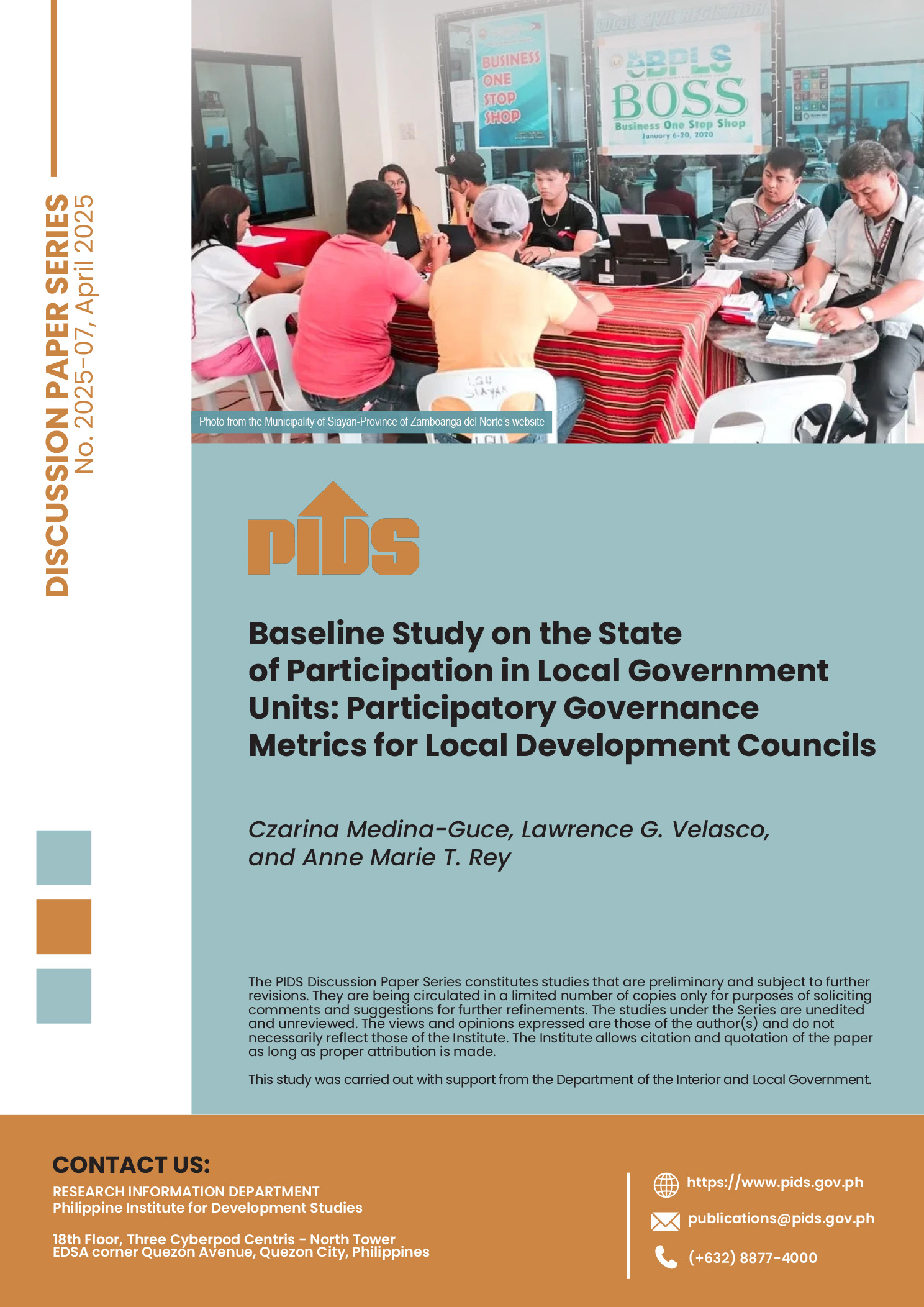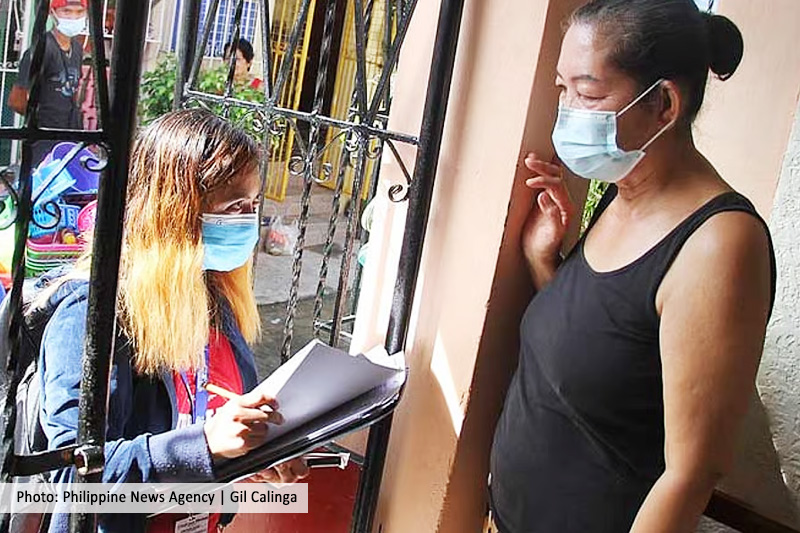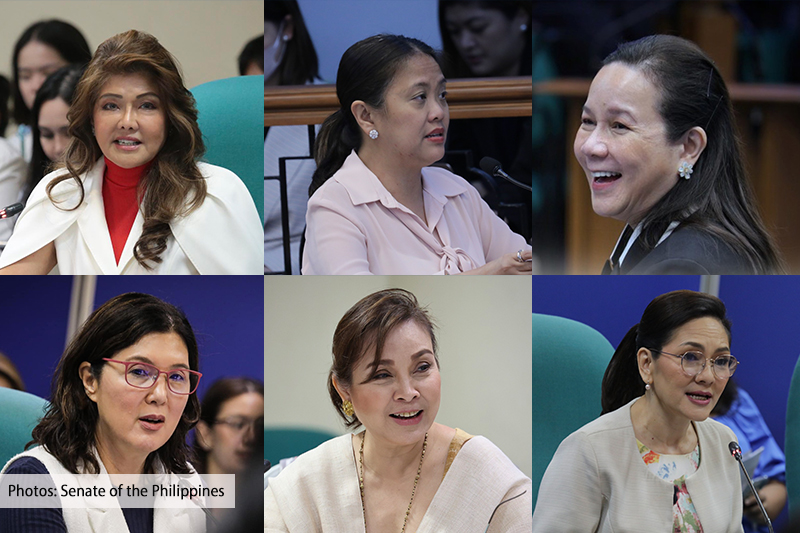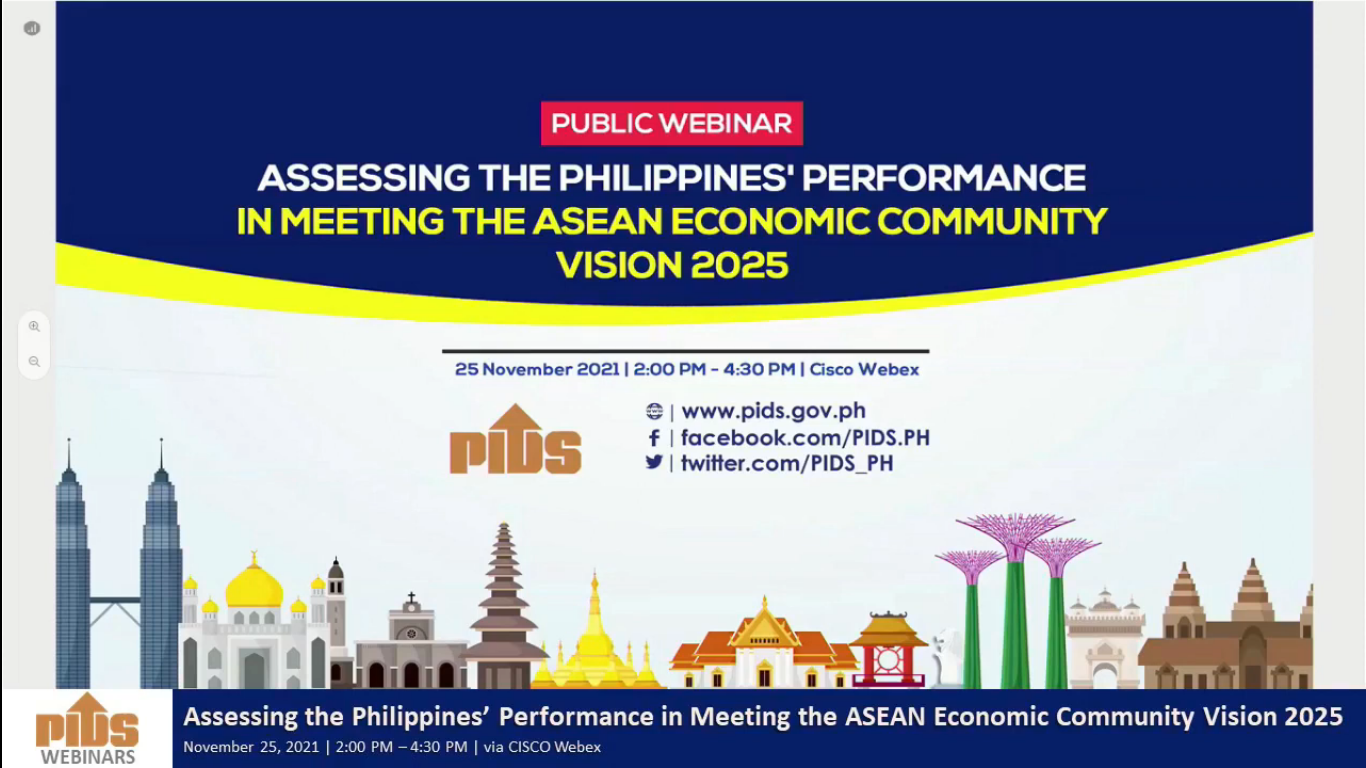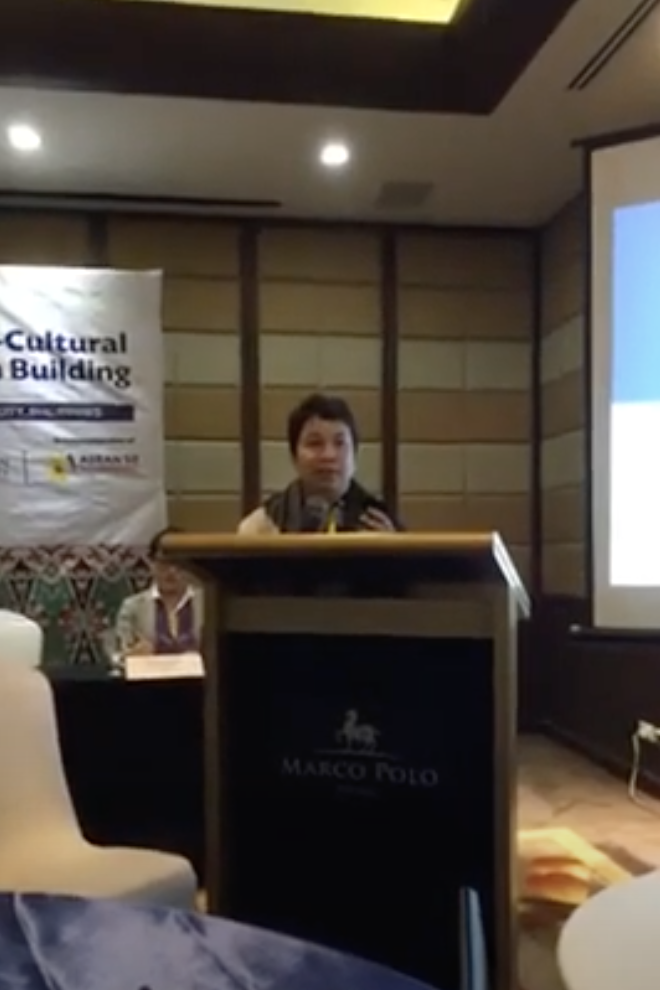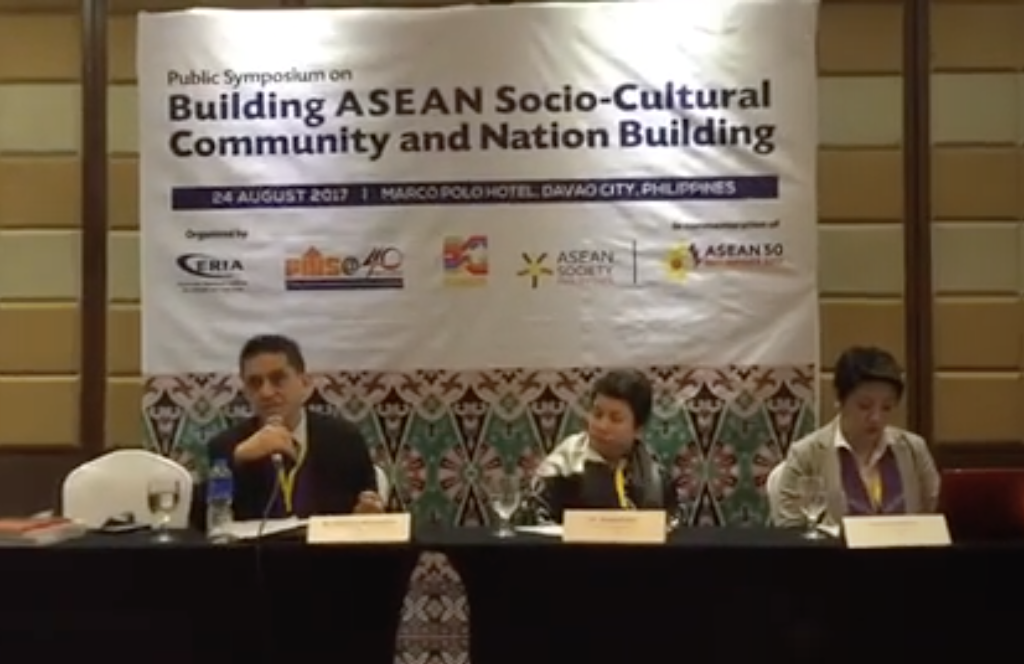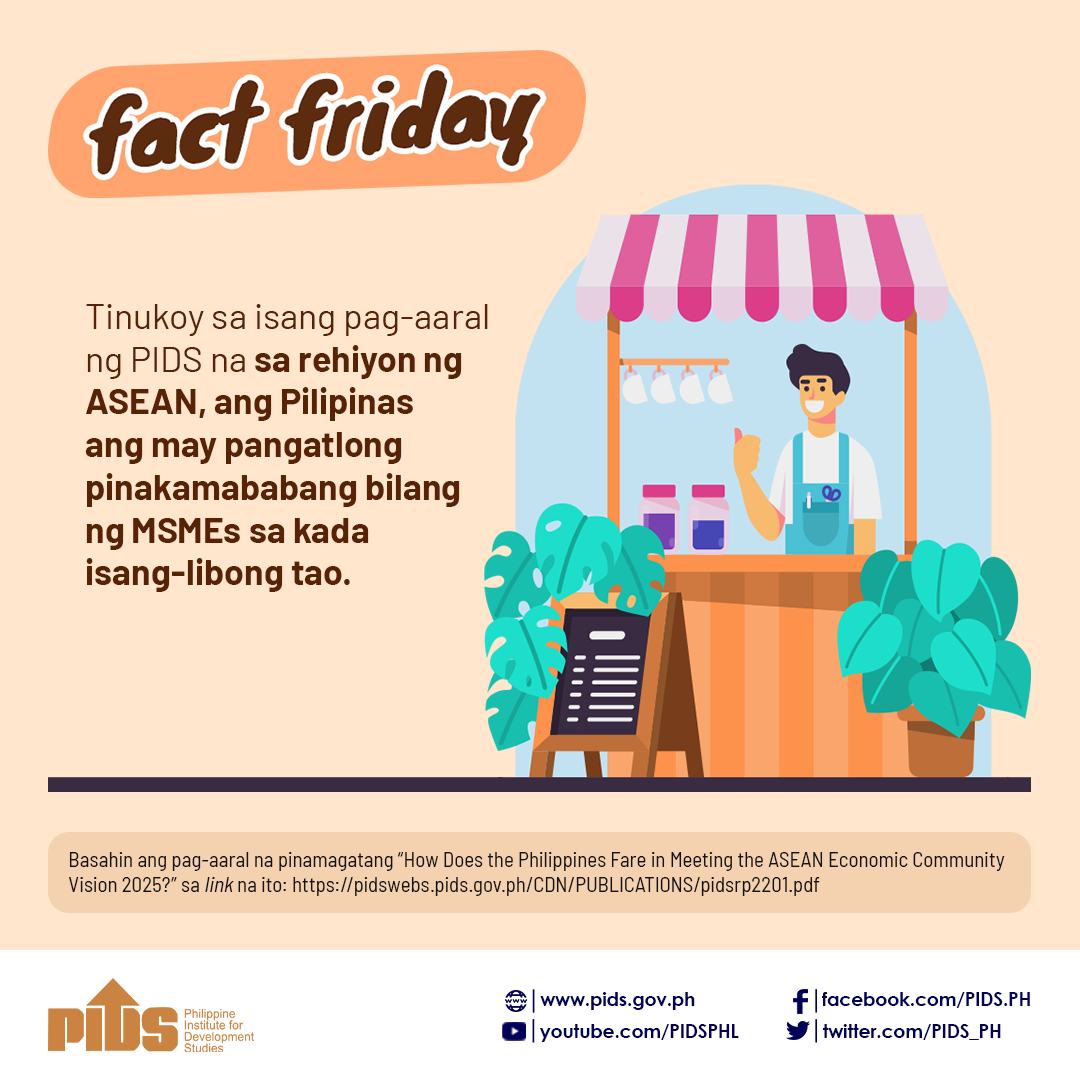IT WAS such a relief that Typhoon “Henry” (international name: Hinnamnor) exited the Philippine area of responsibility without devastating the country. Still, such typhoon visit should remind us of the vulnerability of our country to disasters and the constant need for us to collectively prepare for them.
Yes, there should be more community and stakeholder participation in our disaster risk reduction and management (DRRM) landscape. As observed by the Philippine Institute for Development Studies (PIDS), the country’s DRRM landscape is still largely top-down, with community participation through civil society representation observed to be limited. And despite local and international policies urging for bottom-up participation, implementation processes for this approach remain ambiguous or difficult.
Moreover, barangay DRRM and development plans are not optimally used by cities and municipalities when crafting their development and land use plans. In many cases, inputs from barangays are not given the much-needed space in upper-level planning. Municipal and city governments must improve the inclusion of barangay DRRM plans in their development plans. It does not help that the government’s investment in participatory-related programs, projects, and activities is minimal.
Another key finding of PIDS is the suboptimal utilization of DRRM funds by local government units, regardless of their income class and region. This low utilization rate may be attributed to unclear issuances and guidelines of oversight agencies and local administrations’ spending preferences.
In relation to LGUs’ DRRM fund utilization, the study observed the “weak reporting, accounting, tracking, and feedback on DRR resources”. While the Department of Interior and Local Government’s Full Disclosure Policy Portal for LGUs is a good platform for transparency and validation, standards and quality checks for the inputs need to be in place.
These issues emphasize the need to capacitate LGUs on DRR policy and fiscal management. We need to empower them in using what is available in terms of assets and resources instead of waiting for many years to capitalize on them.
Moreover, the government should strengthen institutional avenues for more community and stakeholder participation by engaging micro, small, and medium enterprises and implementing more participatory programs and activities. Be very explicit in allocating resources for participatory-related initiatives.
Mitigating disasters is a community effort.

